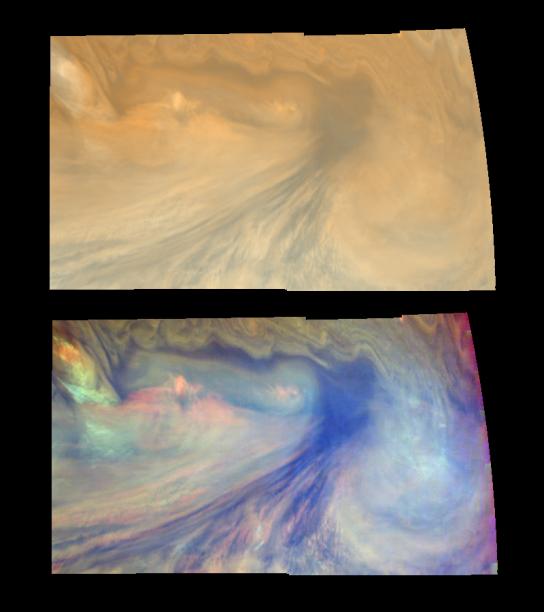JWST must forever be oriented to remain in the shadow of its own sun shield, so that it remains cool and sensitive to the low temperatures of deep space, limiting what can be observed. Notably, it cannot look inwards in our solar system towards the sun or inner planets, nor can it orient to look directly away from the sun, but outer solar system objects will be observable some of the time. Details about what JWST can look at are disclosed in the Technical FAQ Specifically On Solar System Observations
Some things in our outer solar system that JWST may observe are listed in detail at SOLAR SYSTEM PROGRAM INFORMATION. Included there are:
- Martian Atmosphere
- Periodic Comets
- Bright Comets, Targets of Opportunity (ToO)
- Icy Dwarf Planets
- Solar System Ice Giants: Uranus & Neptune
- Giant Planet Satellites
- Kuiper Belt Objects
- Main-Belt Asteroids
As for how JWST is different from Hubble, consider reading Webb vs Hubble. You've already identified it sees further into the infrared range of the spectrum, and less of the visible spectrum. So its images of objects in our solar system will necessarily be presented to us with false-colour.
 (source)
(source)
JWST has superior ability to sense temperature and chemical structure, and as such it will do a good job of telling us what things are made of and will provide insight into their chemical processes.
For example, regarding observations of Uranus and Neptune:
“The key thing that Webb can do that is very, very difficult to accomplish from any other facility is map their atmospheric temperature and chemical structure,” ... Crucially, Webb can distinguish one chemical from another. [source]
Therefore, I expect the majority of false-colour images of planets in our solar system to be colourized in a way that calls attention to different chemicals (e.g. assigning individual colours to oxygen, hydrogen, ammonia etc.). This example below shows how three near-infrared wavelengths of 756 nm, 727 nm, and 889 nm (methane) are combined into a false-colour image as compared to visible spectrum. This shows methane as blue.
 (source)
(source)
Hubble's vision extends to 2500 nm, whereas JWST sees wavelengths as long as 28500 nm.
It's hard to imagine how different the images will look until we see them (we're all as excited as you!), and each image will be different depending on the science being done, because there's no default way to map IR wavelengths to visible wavelengths for the purposes of general presentation. Images posted in galleries may be processed just to give them visual appeal. There's a certain amount of artistry involved here. But to give you an idea how how intense the contrast can be at certain wavelengths, here's an infrared terrestrial view (from Hawaii) of Jupiter at just 4680 nm. Predominantly this image is giving us a sense of temperature, something JWST will excel at.
 (source)
(source)
 (
(

